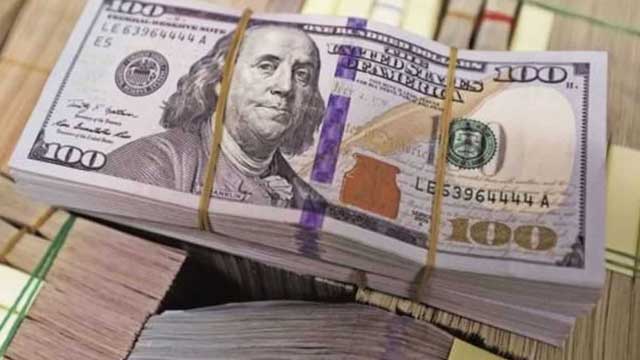The country's forex reserves stood at $34.47 billion after Bangladesh paid $1.3 billion to the Asian Clearing Union (ACU) for the September-October period on Monday.
Abul Kalam Azad, spokesperson of the Bangladesh Bank, told The Business Standard, "We will get its reflection tomorrow [Tuesday]." So, at the end of Monday, the reserves were still shown at $35.77 billion.
In the last four months of the current fiscal year, the central bank sold $5.14 billion from the reserves. The amount stood at $41.82 at the beginning of FY23, according to data from the central bank.
The ACU is a payment arrangement between the central banks of Bangladesh, Bhutan, India, Iran, Myanmar, Nepal, Pakistan, Sri Lanka and the Maldives. The payment gateway covers monetary transactions by its member countries for regional imports. The bills are cleared every two months.
The overall imports, including from the Asian countries, have been declining gradually since July, according to the central bank data. The ACU import bill dropped to $1.75 billion in the July-August period in contrast to $1.96 billion in May-June, according to the Bangladesh Bank.
But the country's foreign currency reserve still remains under strain, owing to dollar sales by the central bank for essential imports.
Ahsan H Mansur, executive director of the Policy Research Institute of Bangladesh, told TBS if the central bank does not take effective steps to boost remittances and export earnings, the reserves will continue to deplete because imports of essential products can in no way be stopped.
Exporters are having to pay more for opening LCs than they get while encashing export proceeds. This gap needs to be adjusted.
Besides, we need to set the dollar price in keeping with the open market rate to increase remittance inflows through the banking channel, he noted.
In the meantime, to boost remittances, banks raised the rate for dollars sent by doctors, engineers, lawyers, bankers, nurses and other expatriates holding white collar jobs by Tk7.5 to Tk 107. They got Tk99.5 per dollar.
The central bank has been selling the greenback from the reserve to stabilise the market. It sold $5.14 billion from reserves in the four months of the current fiscal year, while the dollar sales from the reserve in FY22 totalled a record $7.67 billion.
The Bangladesh Bank in FY21 bought around $8 billion from banks due to low imports and high remittance inflows amid the pandemic.
At the beginning of the current fiscal year, remittance inflow provided a brief relief to the fast-depleting reserves. In the first two months of FY23, Bangladesh received more than $4 billion in remittances.
But the remittance flow stumbled subsequently following the uniform dollar rate in September. The country received $1.52 billion remittance in October, which is lowest in the past eight months.
Exports have been facing ed a downturn in the September-October past two months
Amid the ongoing dollar crisis, the country's exports have also been declining for the past two months. Exporters fetched the country $4.35 billion in October, which was 7.85% low year-on-year, according to the Export Promotion Bureau (EPB).
Imports falling
Due to the dollar crunch, banks have reduced settlements of Letter of Credits (LCs) for imports. Commercial LC openings fell by 31.16% in September this year compared to the corresponding month of the previous year, according to central bank sources.
In September this year, traders opened LCs for imports worth $5.70 billion – down from $8.28 billion in September 2021.
Import LC opening in June was $8.44 billion in June, which came down to $5.70 billion in September.
According to the Bangladesh Bank, LC opening and LC settlement has been decreasing continuously since June this year.
September also witnessed the gradual decline in LC settlement too.





